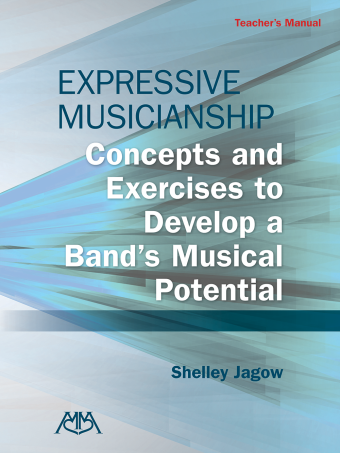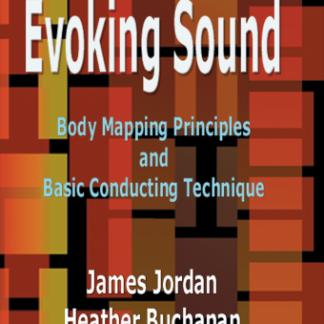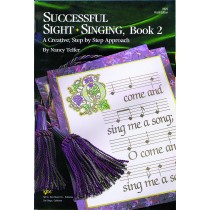Description
Description:
This method presents interpretative suggestions to enhance ensemble musicianship for band directors and students in the following nine areas:
- Rhythm
- Melody and Phrasing
- Dynamics and Balance
- Embellishments
- Articulations and Accents
- Style
- Tempo
- Releases
- Intonation
Each area presents a variety of concepts for musical expressiveness, and there are more than 225 exercises and excerpts to use during warm-ups or when transferring an expressive concept to the band’s current literature.
This method includes:
- Intonation exercises that illustrate how to properly tune a chord
- Scale-based exercises written in the common keys of F, B-flat, and E-flat that can be used as part of a rehearsal warm-up to reinforce expressive concepts
- Band excerpts to illustrate how expressive concepts can be transferred to actual wind band literature
- A key sheet to explore how players’ parts may be edited to increase the quality of musicianship
- More than 40 ideas for increasing the ensemble’s musical potential
- A sample lesson plan and template to illustrate how to transfer knowledge to your current curriculum
- Additional TIPS in the conductor’s score for teaching each concept
This method has a conductor’s edition and 6 student books:
- C instruments: Flute, Oboe, Keyboard Percussion
(no lower than F4 for Flute, and no higher than C6 for Oboe) - B-flat instruments: Clarinet, Bass Clarinet, Tenor Saxophone, Trumpet, Baritone T.C.
(no lower than D4 for Tenor Saxophone, and no higher than E5 for Trumpet) - E-flat instruments: Alto Saxophone, Baritone Saxophone
(no lower than D4 and no higher than C6 for Alto and Baritone Saxophones) - F instruments: Horn
(no lower than B-flat3 and no higher than E5 for Horn) - Bass Clef instruments: Trombone, Baritone B.C., Bassoon
(no higher than D4 and no lower than B-flat2) - Bass Clef instruments: Tuba
(no higher than D3 and no lower than B-flat1)
Number of Pages: 300
Format: Softcover
Discipline: Band





